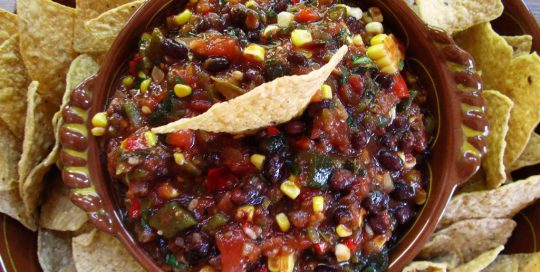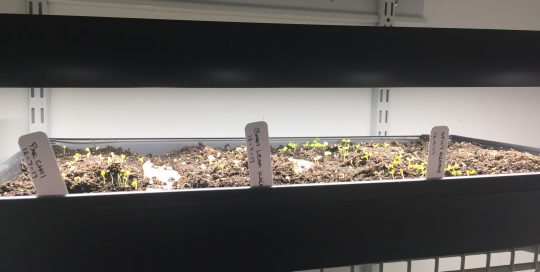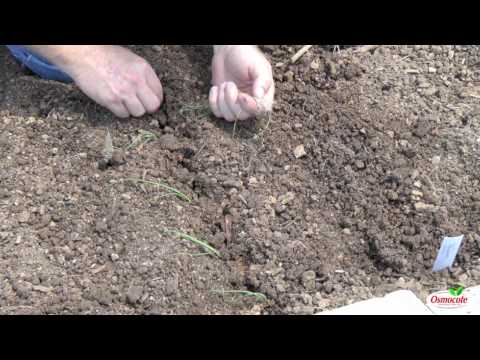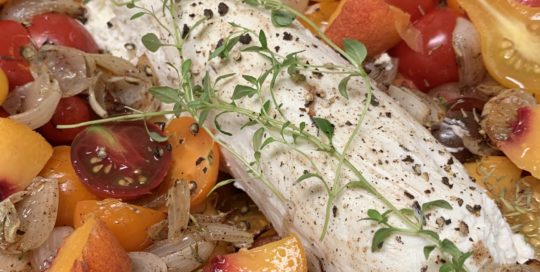This article tells you how to make caramelized onions.
That’s because I love making delicious food. But, sometimes a fancy meal just isn’t in the cards for the evening. Understanding that sometimes those days will happen, I like to prep some basics ahead of time and keep them close to hand in the freezer. These preparations give high-flavor results that serve as stepping-stones for future dishes, making delicious food easy and convenient. I’ve heard such preparations referred to as “flavor-bombs,” and I like the phrase enough to stick with that.
One of my favorite flavor-bombs is caramelized onion. Caramelizing onions adds a ton of flavor and is quite customizable, giving you a go-to condiment right from your freezer. Caramelizing onions is a deceptively simple process:
Cut onions, cook in butter on low until brown, freeze leftovers. But, as with much of art in this world, the majesty of the end result depends on the details.
But first: why do onions make us cry?
Onions are a living plant. Like most living things, they have developed defenses against predators. In this case, that’s us. When the onion’s cell walls are damaged — as they are when you cut the onion — a certain molecule in the cell (sulfenic acid) and a certain protein in a different part of the cell (alliinase) combine and make a chemical that irritates our eyes (lachrymatory factor, or LF). Bam — onion tear gas.
How to make caramelized onions: selecting the onions
As cooks, we often talk about adding “an onion” to a recipe, as if any variety of onion will taste and act the same as any other onion. This is, of course, not true. While we could easily dedicate a whole series of articles on which onions to use for what, just know that for this technique, yellow onions or sweet onions, like Walla Wallas, are your best bet.*
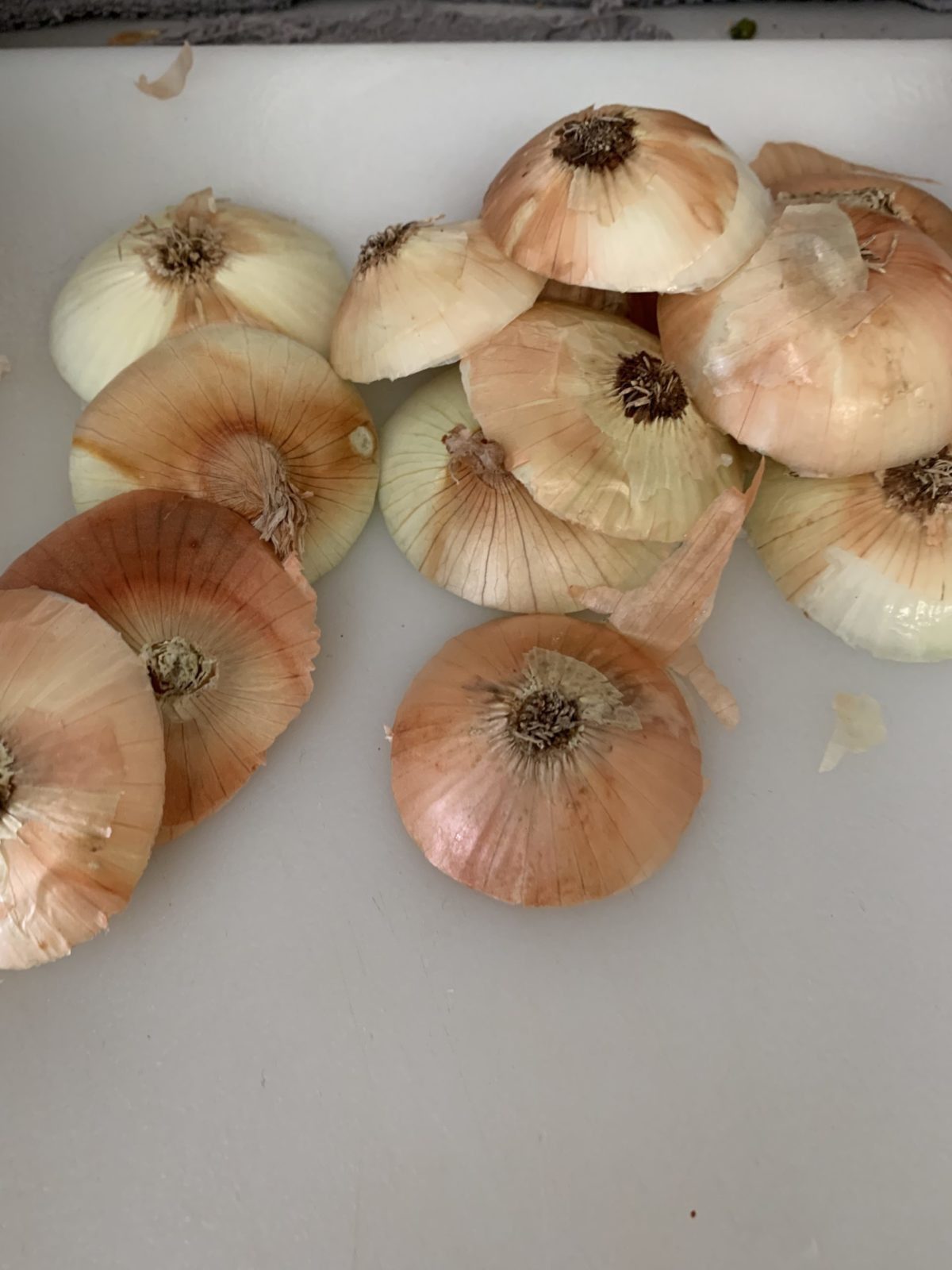
*Unless, of course, purple onions are your best bet. It really depends on what you plan to use them for. Purple onions deglazed with red wine and some added thyme sprigs can make a truly delightful condiment; more on that in the next section. A mix of onion types and flavors is also really fun. Play around and see which types of onions work best for your cooking style and tastes.

